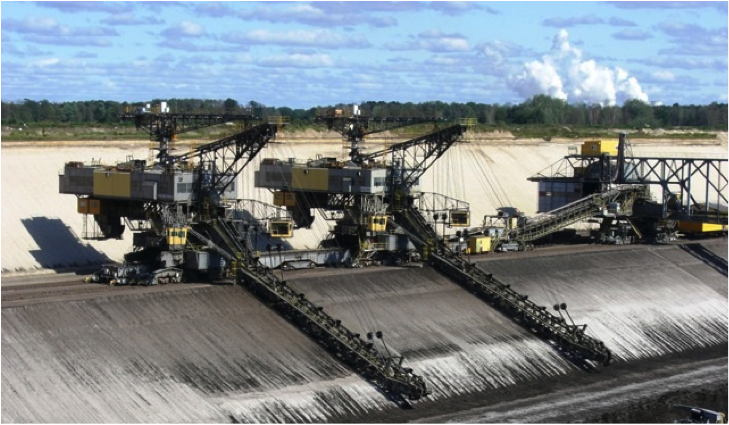Two years ago, in the aftermath of the Fukushima nuclear accident in Japan, the German parliament came to an all-party consensus to phase out nuclear power by 2022. The energy transition (Energiewende) also set out aims for renewable energy sources to provide for at least 80 per cent of electricity consumption by 2050, and for the overall primary energy demand to reduce by approximately 50 percent within the same period of time.
Just ahead of the federal elections on 22 September 2013 no high profile politician is daring to question these ambitious targets in general. But the political wings are struggling to convince the voters as to whose approach to a successful energy transition will work best for them. Costs have therefore become a crucial aspect of the public debate.
But a closer look at the election campaigns of the main parties reveals that there is – up to now – no viable concept on how to steer the fundamental transformation process already taking place, especially in the power sector. They all agree that there is a general need to reform both the Renewable Energy Act and the Electricity Market Framework. But most politicians insist on their own party’s bias: while Christian and Liberal Democrats emphasise that the expansion of wind energy, solar power and biogas facilities is going too fast at too high a cost, the Greens and the Social Democrats claim that it is the current government’s false policy and market distortions that make electricity prices rise.
Germany currently sticks to its system of legally guaranteed grid access combined with feed-in tariffs for all power generation from renewable sources. This has continually led to the installation of new wind turbines, photovoltaic modules, biomass, hydropower and geothermal plants in Germany. In 2012 these generation capacities accounted for approximately 22 percent of our gross electricity demand compared to only 16 percent by nuclear. This means that within only two years these proportions have been reverted.
In times of plentiful sunshine or wind and respectively low demand, the market already faces surplus generation by renewables, which makes prices at the electricity exchange fall significantly. As a result, more expensive power plants based on natural gas or coal will no longer be competitive in the near future. Thus, the large energy suppliers are already threatening to shut down their existing fossil generation capacities. Except for the cheap exploitation of domestic lignite, it is not economically viable to build new fossil power plants in Germany anymore.
This could be a desirable pathway to save carbon emissions, but how do we secure sufficient backup capacities at times when wind and solar do not deliver enough electricity for our demand? Even if we were to build more grid connections, make better use of demand side management and different technologies for energy storage, we would still depend on fossil power plants in times of energy shortage, at least in the medium term since the remaining nuclear power plants are to be switched off.
But the further expansion of renewables will inevitably lead to lower prices per kWh at the electricity exchange. There is strong evidence that the existing European framework – even in a case of a fully integrated market where only the cheapest amount of electricity produced at a certain time is rewarded – will not be capable of guaranteeing the system stability and the flexible backup capacities needed for a low carbon power system with high shares of fluctuant renewable energy.
As a consequence many Liberal and some Christian Democrats would like to put the brakes on the energy transition. They question the existing priority of integrating the maximum amount of electricity generated by renewables into the grid. They demand the feed-in tariff system is replaced with fixed prices and want owners of wind and solar farms to adapt to “market signals”.
This would mean that they would get lower prices for the electricity produced when there is a surplus. Or they might even have to disconnect their plants from the grid, in case they do not find a customer who pays for it. This, however, raises the problem that just as wind energy and solar power is abundant, you cannot sell it. This would cause a waste of eco-friendly electricity and make investors avoid building up further capacity for renewable energy.
What should be done instead? Please read my next blog post to find out.






Recommended